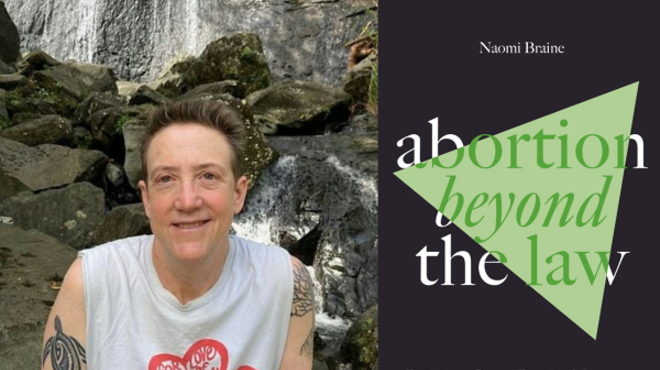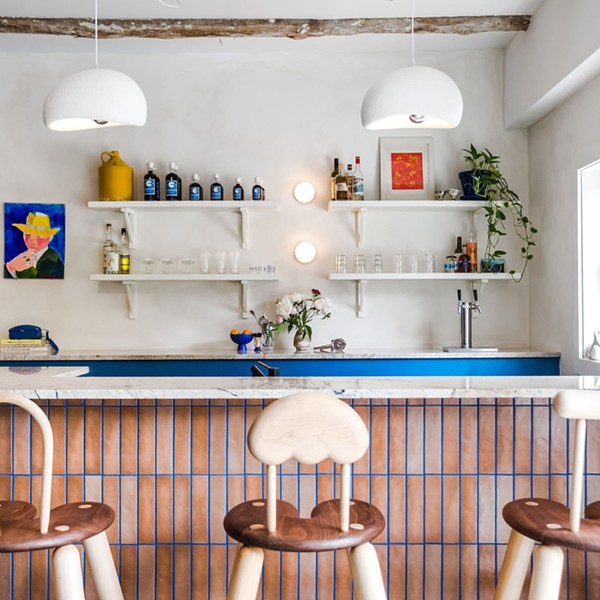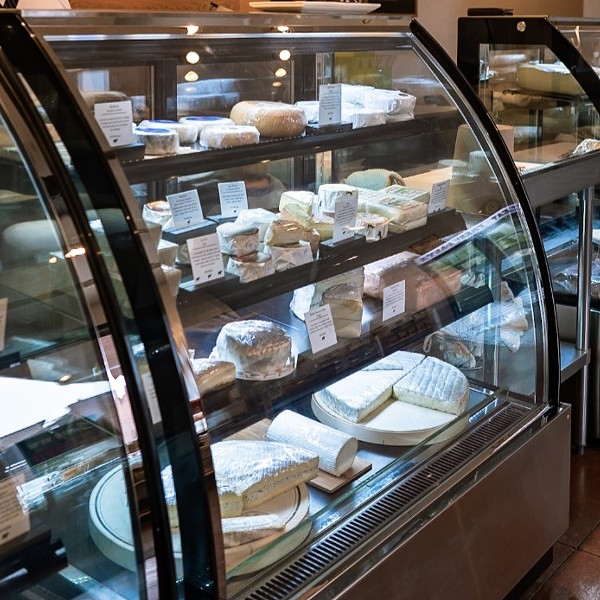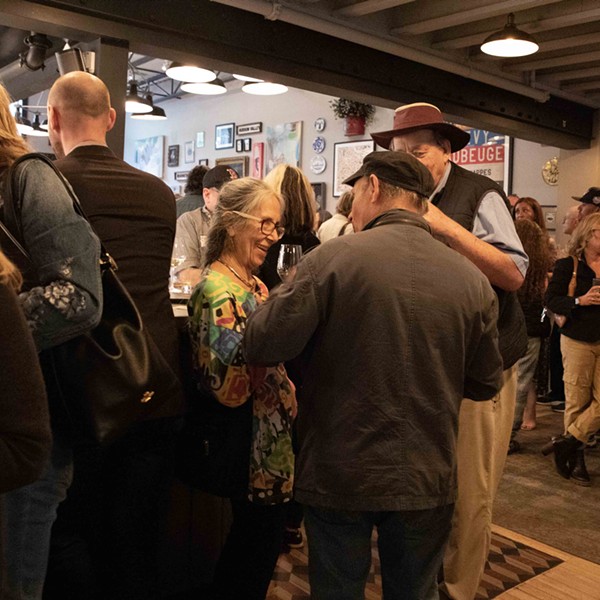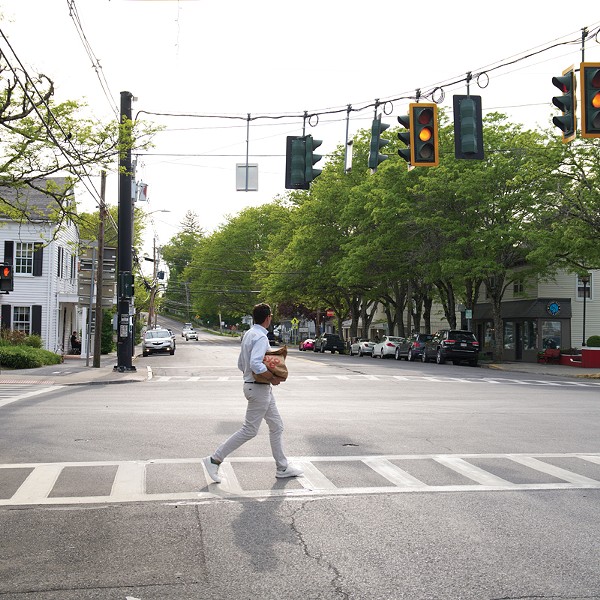In 1923, author and activist Sholem Aleichem founded a summer camp with the goal of imbuing Jewish children with educational values and the experience of cooperative living. Today, those same 195 acres of rolling hills and woodlands are home to the Omega Institute for Holistic Studies. A center for wellness and personal growth, Omega is a mecca of spiritual ideas and methodologies and a platform for many of the world’s foremost thinkers.
The campus, located on the outskirts of Rhinebeck, is dotted with modest wood cabins, quiet gardens for reflection and meditation, and a lake at its center. A sense of serenity pervades the grounds, invigorated by the bustle of activity that hints at the intensity and vitality behind the calm. Inspired by the writings of the 20th-century mystic Teilhard de Chardin, Omega refers to the point of unity and integration that all life is evolving toward. For 30 years, Omega has set the standard for holistic education. Now it remains at the forefront as the next generation of questions are asked, and new warriors join its search for answers.
In the beginning
Omega was founded in 1977 by the Sufi meditation master Pir Vilayat Khan and two of his students, Elizabeth Lesser and Stephan Rechtschaffen, both of whom remain active as faculty and as advisors on the board of directors. At the time, few westerners were familiar with yoga, meditation practices, mind/body connection, and alternative medicine. Experts from the disciplines of science, psychology, and religion were just starting to come together and figure out how they all fit together. “People thought you were some kind of freak for eating whole wheat bread,” Lesser remembers. “It wasn’t this that we started,” she explains, motioning around her to emphasize the distance they’ve come from the rented spaces the first classes and workshops were held in. “It was the ’70s. We were a bunch of hippie kids with an idea,” she says and laughs, but continues in all seriousness, “That idea was to start a school, an updated kind of university, where people could learn how to live instead of getting trained for work.”
Elizabeth Kubler-Ross, Jon Kabat-Zinn, and Thich Nhat Hanh were just a few of the pioneers who flocked to Omega in the early days. Spiritual leaders, doctors, religious practitioners, and others welcomed the opportunity to broaden their audience, and they attracted hundreds of participants within the first years. That number grew steadily into the thousands; Omega now accommodates roughly 20,000 attendees annually. Robert Bly, acclaimed poet and leader of the men’s movement, has led scores of workshops, including one this summer with folk musician Arlo Guthrie. Author and psychologist-turned-spiritual-seeker Ram Dass was among the earliest teachers at Omega, and was also one of the most influential. He supported the development of a staff community, realizing early on the importance of nurturing the ideals of the institution within its employees and encouraging them to take classes and pursue their own paths of personal growth. Doctor Deepak Chopra, physicist Gary Zukav, Buddhist teacher and author Pema Chodron, anthropologist Jane Goodall, and former Vice President Al Gore have all lectured at Omega. It is this stellar roster of visiting presenters and faculty that Omega’s reputation is built on.
The next generation
As these ideas have made their way into the mainstream, sorting through the voices has become more difficult. Ads for bottled water feature young women practicing yoga, and Zen masters sell laptops in TV commercials. Corporations are speaking the language of the formerly marginalized New Agers, and bookstores are flooded with anything and everything their merchandisers believe will make a buck. “Just like in the beginning, I look at what interests me, what works for me, and I think others will be interested too. But we also have to consider what is going to last, not just the flavor of the hour,” says Lesser.
Gone are the days when teachers would work for free, grateful for a place to espouse their lessons. They are now in demand around the world, traveling far and wide for frequent engagements and commanding considerable financial compensation. “We have to stay very open. We’re more like a colander than a sifter,” says Lesser. “That allows us to narrow down the field, to find people that are genuine. Then people can come and try it out and see what works for them.”
In accordance with the changing times, people are changing too. “At the core, the questions are the same,” says Lesser. “Who am I? What am I doing here? Where will I go when I die?” But the circumstances people are living in and the stresses they are subject to are quite different. She explains, “My generation grew up thinking everything’s great, America’s great. It must be very different to grow up knowing the earth is in trouble. This generation, they’re global beings. They’re more accepting. They weren’t raised seeing as many distinctions between race, color, and class. This brings a lot more diversity and openness.” She continues, “There is also a degree of overstimulus, though. There are more children of divorce. They are growing up with different needs. In terms of healing, they bring different questions to the table. Our challenge is to decide just how that will affect the programs.”








